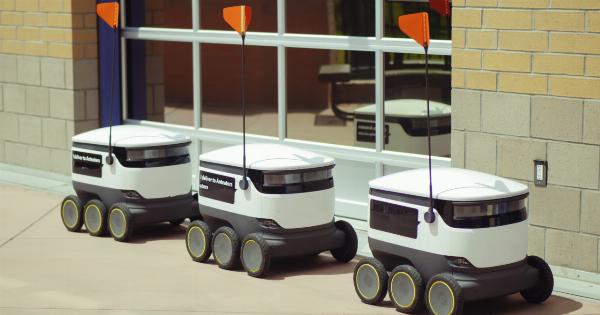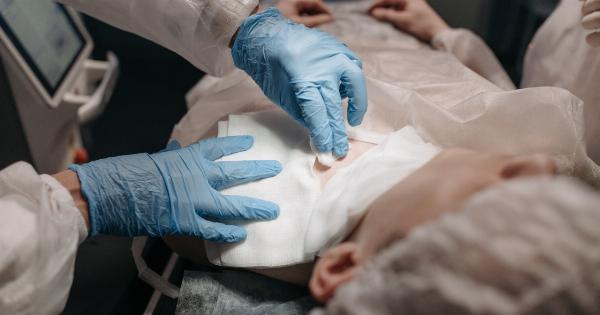Technology has been constantly evolving, and it has also brought a significant change in the medical industry. One of the most remarkable advancements is in the field of surgery: the rise of robotics.
With the invention of robots that can assist surgeons in performing complex procedures, the medical industry has taken a giant leap forward, improving efficiency, precision, and accuracy of surgical procedures. In this article, we will discuss how robotics is shaping the future of surgery.
What are Robotic Surgeries?
A robotic surgery is a type of minimally invasive surgery that employs robots to perform highly delicate procedures.
The robot includes a camera, which creates a digital view of the surgical site and tiny instruments that can be maneuvered with precision. The robot is controlled by a surgeon, who sits at a console several feet away from the patient and directs the movements of the robotic device.
Robotic surgeries offer many benefits over the traditional method of surgery.
One of the most significant advantages is that the robot can work with more precision because it has a broader range of motion than a human hand, allowing for more accurate incisions and sutures. Additionally, the smaller size of the robot’s hands and instruments allow for smaller incisions, less blood loss, less pain, and faster healing times for patients.
The Evolution of Robotic Surgery
Robotic surgery is not a new technology; it has been around for over three decades. The first robot-assisted surgery was performed in 1985 when the Puma 560 robotic arm was used for a brain biopsy.
In the early 2000s, Intuitive Surgical introduced the da Vinci surgical system, which is now the most recognized and widely used robotic surgery tool in the world. Today, robotics is used in many surgical procedures, including prostatectomies, hysterectomies, and cardiac surgeries.
Advantages of Robotic Surgery
Robotic surgery offers many benefits over traditional surgeries:.
- Precise incisions and sutures
- Reduced blood loss
- Shorter hospital stays
- Faster healing times
- Reduced pain and discomfort
- Reduced risk of infection
Laparoscopic and open surgeries require larger incisions to access the surgical site, much longer periods in the hospital, and a longer recovery time.
In contrast, the use of robotics has significantly reduced the trauma to the body and allowed patients to continue their daily lives almost immediately after surgery.
Limitations of Robotic Surgery
Although robotic surgery has many benefits, it also has some limitations. The cost of a robotic surgery is significantly higher than traditional surgeries. Additionally, not all hospitals are equipped with robotic surgical systems.
Also, not all procedures can be performed robotically. Surgeons still need to have the skills to perform the procedure with or without robotic assistance. The robot is merely a tool that augments the surgeon’s abilities, not a replacement for their experience and skills.
The Future of Robotic Surgery
The future of robotic surgery is bright, and we can expect to see innovative developments in surgical procedures using robotics.
Developers are working on more advanced robots that can operate with greater accuracy and speed, offering more significant benefits to patients. One of the major advantages of robotic surgery is that it enables surgeons to perform surgeries remotely, making it possible to operate on patients in remote locations.
In the future, we can expect to see more surgeries being performed this way, bridging the gap between patients and healthcare providers.
Another exciting aspect of the future of robotic surgery is the potential for artificial intelligence (AI) to augment the robot’s capabilities. AI can provide real-time insights and help the surgeon make more informed decisions during surgery.
This can enhance surgical outcomes and reduce the risk of complications.
The Impact of Robotic Surgery
The impact of robotic surgery has been significant. Today, thousands of surgeries are performed using robotics worldwide, and patients benefit from minimal discomfort and downtime.
The use of robotics also means that surgeons can perform surgeries more efficiently, minimizing the risk of human error and complications. Additionally, robotic surgery has become an invaluable teaching tool for medical students, offering a safe and effective way to learn surgical skills.
Conclusion
Robotic surgery is revolutionizing the medical industry, providing numerous benefits to both patients and physicians. Improved precision, reduced recovery times, and minimal discomfort make robotic surgery an attractive option for many patients.
Although robotic surgery still has limitations, the future looks bright, with new innovations such as the incorporation of AI and remote surgery on the horizon.


























